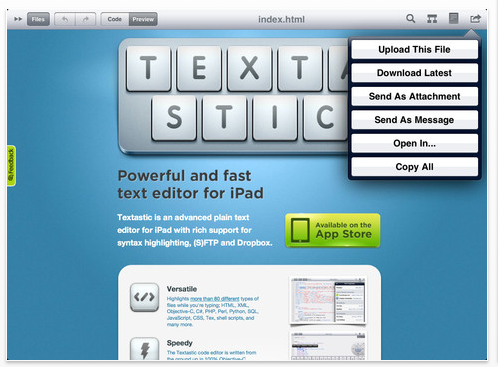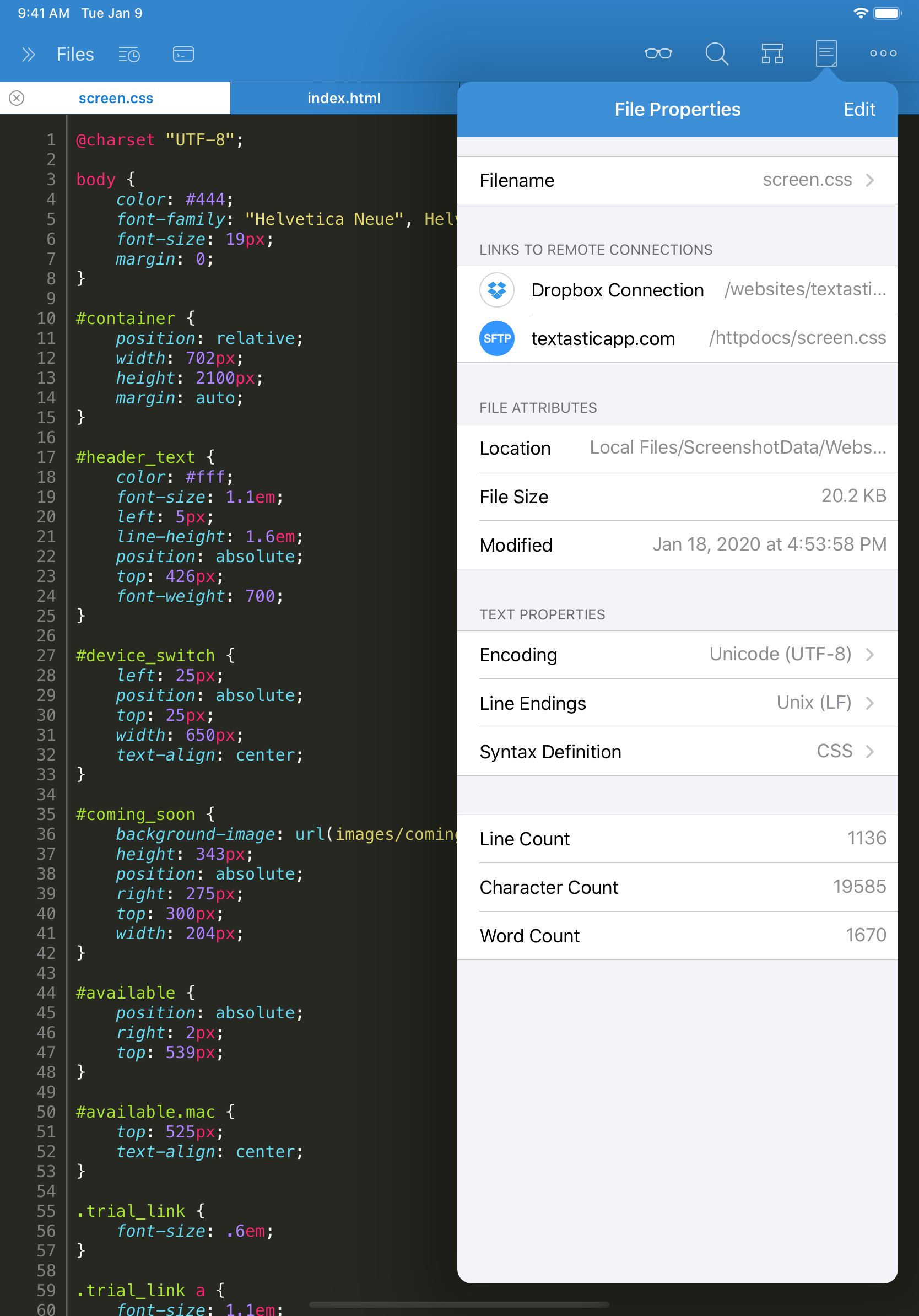Add To Tcl Syntax Highlighting Tk Commands Textastic For Mac

Night at the Museum 2006 7+ 1h 48m Family Sci-Fi & Fantasy Chaos reigns at the natural history museum when night watchman Larry accidentally stirs up an ancient curse that brings the museum's exhibits to life. Watch night at the museum. Watch Night At The Museum Full Movies Free on HDfmovies.net - Larry Daley is a security guard at The Museum of Natural History. He is handed an over-sized flashlight and a dog-eared instruction manual, then left all alone. Ben Stiller leads an all-star cast including Robin Williams and Dick Van Dyke in this hilarious blockbuster hit! When good-hearted dreamer Larry Daley (Stiller) is hired as night watchman at the Museum of Natural History, he soon discovers that an ancient curse brings all the exhibits to life after the sun sets. Night At The Museum. A newly recruited night security guard at the Museum of Natural History discovers that an ancient curse causes the animals and exhibits on display to come to life and wreak havoc. Genre: Action, Adventure, Comedy. Actor: Carla Gugino, Dick Van Dyke, Mickey Rooney. Director: Shawn Levy. Country: United States. Duration: 108 min.
Syntax highlighting in nano on Mac OS X. GitHub Gist: instantly share code, notes, and snippets. 1750 need: 1744 used: 1742 one: 1740 make: 1700 add: 1650 only: 1630 go: 1605. 1239 value: 1236 status: 1230 command: 1226 documentation: 1226 class. Comments: 205 y: 205 history: 204 macos: 204 big: 203 builds: 203 releases. 103 integrate: 103 listen: 103 highlighting: 103 bsd: 103 recognition: 103 diff:.
To submit a review of a podcast episode, go to the page of the podcast whose episode you want to review and find the specific episode you're looking for. Clicking on any episode reveals a 'View Episode' button and clicking on that brings you to an episode-specific page where you can find more information displayed about the episode along with a 'Submit Review' button. Clicking that brings you to a new page where you can select a rating between 1 and 5 stars and write a brief review of the episode. Bluetooth rfcomm protocol tdi drivers for mac.
What sorts of introspection are there? What sorts should there be? This is the omnium gatherum of introspective issues in Tcl.Please add to this if you can. Examples and discussions of implementation issues are particularly welcome!DKFLV What do Tcl developers mean when they use the word introspection?- File System (Basic)
- This sort of OS introspection is pretty much expected of every language in existence. Key commands are file and glob.
- Packages/Extensions
- This sort of Tcl introspection allows one to to ask questions of a package such as what version are you, what dependencies do you have, what namespaces/variables/commands/procedures/etc. do you define, etc.
- Variables
- Tcl has plenty of support for this. You can not only list the variables that exist (using several info subcommands) but you can also determine if they are arrays (various array subcommands) and even perform introspection on the activity affecting that variable (the trace command.)
- Commands
- You can easily get a list of the currently defined commands (use info commands of course.) The one wart is that it is difficult to get a list of the commands that are auto-loadable. Mostly this doesn't matter, of course, but it is a little niggle. There are times when being able to get the commands available from an extension, or from tcl, without having to parse error msgs, would be useful. The same goes for getting the options that a command offers. And for that matter, in cases where a command takes a fixed set of values for a particular option, it would be useful to get this fixed set back as a list, so that it could be formatted for visual display and selection.
- Procedures
- There is masses of excellent support for procedure introspection (various info subcommands.) Some people have even adapted this to create sophisticated debugging tools. Example, Printing proc sequence
- Stack
- a program can look at what procedured have been called higher up (my caller, caller's caller, and so forth) with info level. One application is memoizing far more directly than is possible in some other languages.
- Namespaces
- Dead easy to introspect. GWM Eg from wish shell type:
- Interpreters
- ? Various interp subcommands, for aliases take a look at introspection on aliases.
- Threads
- ?
- File System (Advanced)
- There is not currently a standard mechanism in the core for getting the remaining free space on any particular volume (TclX?) The volume listing support is patchy (file volumes works fine on Windows (Mac?) but only ever returns / on Unix systems - from some points of view this is correct, but it is a bit of a pain as you then are forced to grok the info out of /etc/m*tab..)
- Processor Time
- Tough to measure, since elapsed wall-clock time is definitely not the right thing to measure (different systems run at different speeds, naturally) so it may be better to measure the number of commands executed/evaluations of code chunks performed. (Byte-code would need to be adapted to keep these numbers correct, of course!) Note that info cmdcount offers part of the information you would want already.
- Memory Use
- The other biggie. The main problems stem from handling the case where you are transferring an object from one thread or interpreter to another. Do you then change the ownership of that object and consequently the memory used by the interpreters? What about objects that are shared between interps? Who should own sourced source code? You don't want a particular thread to take a hit or not simply because it dynamically loads a piece of Tcl before another thread does in the same process.. (Self-generated stuff is easier.)

- Channels
- ?
- Aliases
- See above, Interpreters.
- Procedure - you can get the info now by using [info procs $name], but that is messy.
- Compiled - something like set that gets handled specially (and efficiently.)
- Alias - the command in question is an alias for another command.
- Defined - the fallback answer (if the command exists.) Aliases from other interpreters come under this heading, and it might be reasonable for the introspector to return whether the command was defined with Tcl_CreateCommand() or Tcl_CreateObjCommand() (important to know if you really want to avoid Tcl_Obj 'string-foot' creation!)
- 'Open for R/W' looks good. Same for enforcing usage of fileevent.
- Do we want to have introspection of the event system?. Well, I would like to have that sometimes, when trying to figure out what I did wrong in an event-driven system (like my SMTP/[POP]/.. engines :-). This makes me notice another thing however: All introspection (interfaces) so far is/are polling-based, i.e. I have to ask for the information, explicitly. Especially with the event-system it is highly desirable to have a callback-based (notification) interface telling me automatically about changes in the system. It would make the task of debuggers (Tuba/TclPro) easier too if they had hooks telling them the relevant things without requiring them to overload a multitude of commands affecting the state.
- Back to channels: fconfigure -type to get the type of the channel (file, pipe, socket, pty?..). And, if the Trf patch ever makes it into the kernel, a list of all channeltypes stacked upon each other.
- Event Loop
- How to tell if there is an event loop running? How to tell if a new vwait might not be conflicting with existing vwaits? (See the bottom of vwait wiki page.)
- Classes
- info class and info object offer a large number of options for looking into the internals of classes and objects, in the new OO system included in tcl8.6 core. From inside a method, constructor or destructor body of a class, self gives information about how it was called.
- Coroutines
- info coroutine provides the name of a running coroutine, when called from inside the coroutine.
- Introspection package by Bruce Adams
- tkinspect [GPL]
- The INSPECT app is an updated replacement for tkinspect [INSPECT app is commercial - free trial only]
- Introspection shortcomings — things that (so far) really aren't possible to inspect
| Category Debugging | Category Introspection | Category Survey |